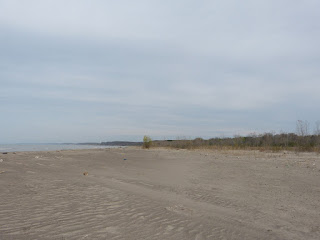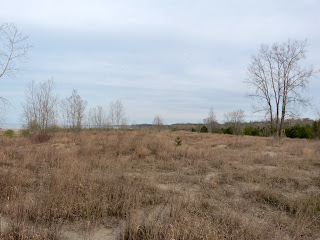Here are some sample quotes from a summary of the article:
"Kareiva, Marvier, and Lalasz write, "those protected areas will remain islands of 'pristine nature' in a sea of profound human transformations through logging, agriculture, mining, damming, and urbanization." "
"Conservationists need to work with development, not condemn it as leading to the end of nature. In truth, nature's resilience has been overlooked, its fragility "grossly overstated." Areas blasted by nuclear radiation are bio-diverse. Forest cover is rising in the Northern Hemisphere even as it declines globally."
Overall I think the article makes a lot of great points, but I think they over-simplify some things, and make some statements of their own that I don't think are entirely accurate. I'll let you read it and come to your own conclusions...
The article can be found at the link below. There is also a summary on that page if you don't want to read the whole article. http://breakthroughjournal.org/content/authors/peter-kareiva-robert-lalasz-an-1/conservation-in-the-anthropoce.shtml?utm_source=2012%2F02%2F08+18%3A42%3A08&utm_campaign=Breakthrough+Journal+essays&utm_medium=email
....And just for fun here are some wildlife pics from today.
Wood Frog at the Arthur Langford Nature Reserve (Long Point Basin Land Trust)
Dreamy Duskywing at my place near Long Point


















































